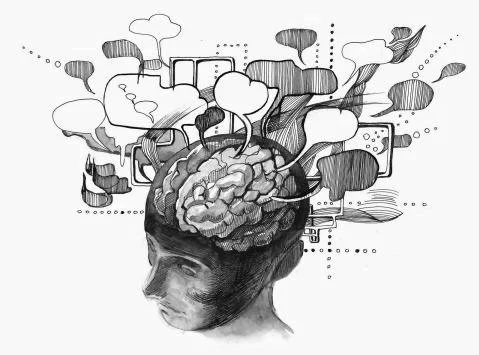the symphony of healing
Key points:
In this short form article, we take a brief look at somatic therapy; what it is, what it treats, the benefits, and how to find a qualified therapist.
If you’re interested in a taking a deeper dive into the topic, check out my video, Why The Physical Experience of Your Feelings Matters
Many of us experience physical symptoms related to our mental and emotional health, but we don't always realize the connection between the two. We often view our minds and bodies as separate entities, but in reality, they are intricately connected.
If we were a symphony, our thoughts, feelings and physical sensations would be the instruments whose “sounds” come together to form the music - our moment to moment experience. While a piece of music may have lyrics, it’s so much more than just the words. And likewise, while our day to day experience may have a narrative, it’s so much more than just our thoughts.
Somatic therapy offers a holistic approach to healing that recognizes the connection between mind and body, and provides a unique and effective approach to healing.
What is Somatic Therapy?
Somatic therapy honours connection between the mind and body and pays attention to the role of the body in our mental and emotional experiences. Somatic therapy recognizes that our emotions and experiences are stored in our bodies and that physical sensations can offer insights into our mental and emotional states.
The Power of the Mind-Body Connection
Think of your mind and body as two musicians in a symphony. When one is playing off-key, it affects the entire performance. Similarly, when our emotions and experiences become stuck in our bodies, it can impact our mental and emotional well-being.
Somatic therapy helps individuals tune in to the physical sensations accompanying their emotions and provides tools to release stored emotions and regulate their stress response. This leads to a harmonious performance between the mind and body, improving overall well-being.
The Process of Somatic Therapy
Somatic therapy explores the physical experience of mental and emotional states, using movements and exercises to help individuals process and release stored emotions, improve body awareness, and develop coping skills to manage stress and emotions in real-time.
You could think of it as a process of tuning the instruments of your mind and body. Through somatic therapy, individuals become more aware of the physical sensations that accompany their emotions , allowing them to regulate their stress response and manage their emotions in a healthier, more harmonious way.
What does somatic therapy treat?
Somatic psychotherapy has been shown to be useful in a variety of conditions, including:
Anxiety
Depression
PTSD and trauma
Dissociation
Chronic pain
Chronic stress
Benefits of Somatic Therapy
Improved emotional regulation: By working with the body and physical sensations, individuals can improve their emotional regulation and decrease feelings of anxiety, depression, and stress.
Increased self-awareness: By focusing on the mind-body connection, somatic therapy can help individuals gain a deeper understanding of themselves, leading to increased self-awareness.
Deeper healing: Somatic therapy recognizes the close connection between the mind and body and helps individuals process and release stored emotions and unresolved experiences. Using the body allows us to access deeper levels of healing, leading to greater well-being.
Improved relationships: By resolving any underlying issues, individuals can improve their relationships with themselves and others.
How to Find a Qualified somatic Therapist
To ensure the best possible outcome from somatic therapy, it is important to find a qualified somatic therapist. A qualified somatic therapist will have received proper training and certification in somatic psychotherapy and will have experience using this technique in their practice. When searching for an somatic therapist, consider the following factors:
Training: Look for a therapist who has received proper training in a comprehensive somatic therapy, such as Sensorimotor Psychotherapy and Somatic Experiencing
Certification: A therapist who is certified in somatic psychotherapy has done considerably more training and has considerably more experience than one who has only completed basic training in somatic. Sites like the Sensorimotor Psychotherapy Institute have “Find a Therapist” sections, which can help you find a somatic therapist, and indicate their level of training.
Experience: Consider a therapist with experience using somatic psychotherapy in their practice and who has helped clients with similar conditions to your own.
Credibility: Look for a therapist who is well-respected in the field and who has a good reputation among their peers and clients.
Conclusion
Somatic therapy provides a unique and effective approach to healing that recognizes the close relationship between our thoughts, feelings, and bodily sensations. Like tuning the instruments in a symphony, somatic therapy helps individuals find harmony between the mind and body for improved mental and emotional well-being.
If you’re looking for more information on the topic, check out Shorts: Somatic Psychotherapy & Anxiety







